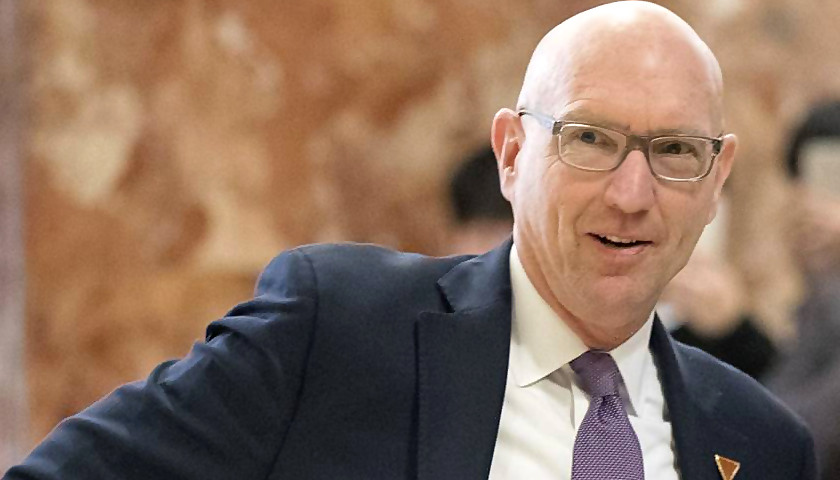by Michael Glassner
President Trump is poised to pull off a repeat of the unconventional electoral strategy that propelled him to victory just over two years ago.
Take a look at the 2016 election map, and you’ll find dozens of counties throughout the country that voted for Barack Obama over Mitt Romney in the 2012 election, but switched their support to Donald Trump by hefty margins in 2016.
The trend was driven largely by “hidden Trump voters” — many of whom hadn’t voted in years, if ever — who came out of nowhere and helped President Trump win one of the largest electoral upsets in American history.
According to the President’s re-election team, the same phenomenon that stunned the political establishment and sent President Trump to the White House two years ago appears to be taking shape once again.
An analysis from the President’s rally in El Paso last month showed that nearly a quarter of those who attended did not vote in any of the past four elections, including 2016, and another 25 percent have only voted in one of the past four elections. That translates to thousands of previously apathetic, disenchanted, or disengaged voters who were willing to wait for hours just to hear the President speak — and that’s just at one rally.
Additionally, of those who RSVP’d to the rally, 70 percent were Hispanic, nearly 50 percent were female, and 60 percent were between 26 and 55 years old — all important demographics for the 2020 presidential election.
With the Democrat Party making a hard left turn, it’s no wonder that average Americans are flocking to President Trump for a dose of sanity. His record of policy accomplishments since taking office stands in stark contrast to the fear and uncertainty that newly-ascendant “democratic-socialist” policies inspire among most voters.
Under Donald Trump’s leadership, the U.S. economy is performing better than it has for many years, with GDP growth returning to levels not seen since the Great Recession and the unemployment rate hovering near all-time lows. In December, the number of employed Americans hit an all-time high.
In key Midwestern battleground states such as Michigan, Ohio, Wisconsin, and Pennsylvania, President Trump’s emphasis on fighting the opioid crisis and restoring energy and manufacturing jobs that were lost in recent decades further endears him to the blue-collar voters who gave him his margin of victory in 2016.
In Florida, another crucial swing state, the President’s eager defense of capitalism is likely to resonate with a large population of immigrants who have fled to the U.S. from socialist countries devastated by the sort of policies Democrats are increasingly advocating.
“Some of the things that are starting to define 2020 campaign — and were in the State of the Union speech — were things like the showdown over socialism,” said Adam Goodman, a Florida Republican strategist. “That gives the president an opening and opportunity.”
Even before those battle lines were drawn, though, President Trump’s approval rating among Hispanics shot up nearly 20 points in January alone, to 50 percent, according to one poll.
While Democrats embrace pipe-dream proposals such as the Green New Deal and post-birth abortion, President Trump’s common-sense policies are delivering tangible benefits to Americans of every background.
Real results, not implausible promises, are what drive voters to the polls — especially those who don’t regularly vote. Donald Trump is making a convincing case to those voters with his strong economic record, and that could easily tip the 2020 election in his favor.
– – –
Michael Glassner is Chief Operating Officer of Donald J. Trump for President, Inc.




